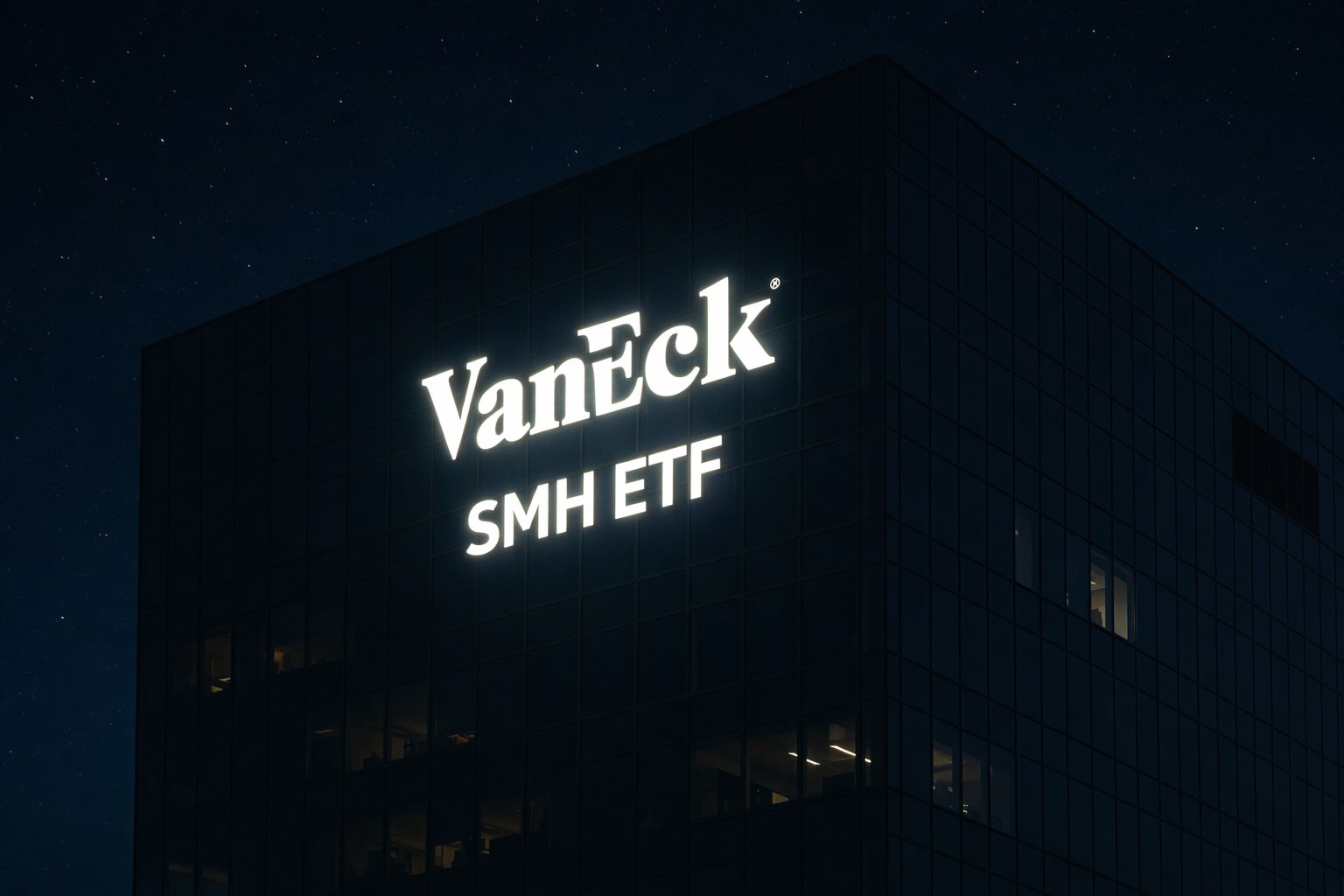
Bitcoin (BTC-USD) Regains $108K as BlackRock’s IBIT Dominates $477M ETF Inflows
BlackRock’s IBIT adds $210.9M, fueling Bitcoin’s recovery toward $110K after heavy liquidations. ETF assets surge to $151.6B, signaling renewed institutional confidence | That's TradingNEWS
Bitcoin (BTC-USD) Rebounds Toward $108,000 as Spot ETF Inflows Hit $477 Million, Signaling Renewed Institutional Confidence After $19 Billion Market Shakeout
Read More
-
SMH ETF: NASDAQ:SMH Hovering at $350 With AI, NVDA and CHIPS Act Fueling the Next Move
16.12.2025 · TradingNEWS ArchiveStocks
-
XRP ETFs XRPI and XRPR: Can $1B Inflows Lift XRP-USD From $1.93 Back Toward $3.66?
16.12.2025 · TradingNEWS ArchiveCrypto
-
Natural Gas Price Forecast: NG=F Falls to $3.80–$3.94 as Warm Winter Kills $5.50 Spike
16.12.2025 · TradingNEWS ArchiveCommodities
-
USD/JPY Price Forecast - USDJPY=X Slides, BoJ 0.50% Hike, Fed Cut and NFP Set the Next Big Move
16.12.2025 · TradingNEWS ArchiveForex
Bitcoin ETFs Now Represent 7% of Market Cap — BlackRock and ARK Lead Institutional Dominance
Since January’s ETF approvals, spot Bitcoin ETFs have evolved into dominant market participants. IBIT alone manages $65.09 billion in assets, while ARKB oversees $15.22 billion, and Fidelity’s FBTC sits near $12.6 billion. Together, these three funds account for nearly two-thirds of all ETF-held Bitcoin.
In contrast, Grayscale’s GBTC continues to experience capital erosion, with a cumulative outflow of $24.5 billion, though it still holds $19.38 billion in assets. Analysts attribute this shift to fee differentials and improved liquidity across newer ETFs, which have overtaken GBTC as the preferred institutional vehicle.
The average daily trading spread among all Bitcoin ETFs remains tight at –0.06% to +0.12%, signaling deep and stable liquidity conditions. For institutional traders, that spread consistency is critical to arbitrage and execution efficiency.
Correlation With Ethereum ETFs and Cross-Asset Impact
Ethereum ETFs also contributed to the week’s rebound, adding $141.66 million in new inflows led by Fidelity’s FETH ($59.07M) and BlackRock’s ETHA ($42.46M). Combined crypto ETF trading volumes topped $10.5 billion, underlining broad investor engagement across both major digital assets.
Cross-market behavior between BTC and ETH remains tightly aligned, with a correlation coefficient of 0.89 — suggesting ETF-driven capital allocation strategies are increasingly diversified but still interlinked. Institutional desks are now using Bitcoin as a primary macro hedge and Ethereum as a yield and growth proxy.
Macroeconomic Drivers: Fed Path, U.S.-China Tensions, and Fiscal Policy
Macro factors continue to weigh heavily on Bitcoin’s short-term trajectory. Ongoing trade tensions between Washington and Beijing, combined with uncertainty surrounding the U.S. government shutdown, have curbed risk appetite in traditional markets. Meanwhile, the Federal Reserve’s delay in rate cuts has kept real yields elevated near 4.9% (2-year) and 4.67% (10-year), restricting immediate upside for risk assets.
However, institutional rotation toward digital stores of value suggests growing confidence in Bitcoin’s resilience under inflationary pressure. Standard Chartered’s research desk reaffirmed that “macro easing and fiscal expansion in 2026 will set the next major accumulation phase,” with BTC poised to benefit disproportionately due to limited supply elasticity.
Retail and Derivatives Data: Traders Position for Volatility Rebound
Derivatives metrics reveal growing anticipation of a volatility spike. Open interest in Bitcoin futures remains above $22 billion, while funding rates have normalized after last week’s liquidation. Coinglass data show $36 million in total liquidations over the last 48 hours — a relatively low figure that implies stability rather than panic.
Retail participation remains subdued but stable, with cumulative wallet activity down 4.7% week-over-week. Still, ETF-driven liquidity appears to compensate for this gap, with total market depth on exchanges improving by 12% compared to post-crash levels.
Long-Term Outlook: From Structural Consolidation to Potential Parabolic Phase
The strategic narrative surrounding Bitcoin has shifted from speculative enthusiasm to structural adoption. With ETF inflows now representing 6.9% of circulating supply, the market dynamic increasingly resembles traditional commodities like gold or oil ETFs. Liquidity is concentrating under regulated frameworks, reducing volatility risk over time.
Standard Chartered, JPMorgan, and several major asset managers forecast that the next accumulation wave could lift BTC toward $200,000 by late 2025, provided ETF participation continues and global M2 liquidity expands to pre-2020 levels. Even under conservative assumptions, a $150,000–$160,000 fair value range appears sustainable by Q2 2026, given ongoing corporate treasury participation and sovereign wealth fund allocations under review.
Verdict: BTC-USD — Buy on Institutional Strength (Bullish Bias)
-
Current Price: $107,781 (–2.87%)
-
ETF Inflows: +$477.19M (IBIT $210.9M, ARKB $162.8M, FBTC $34.1M)
-
Total ETF AUM: $151.58B (6.9% of market cap)
-
Key Support: $107,000 → $105,000
-
Targets: $110,000 → $126,000 → $150,000
-
Macro Catalyst: Liquidity reset, Fed easing path, ETF reaccumulation phase
Bitcoin’s renewed ETF inflows, tightening supply structure, and stabilizing institutional flows form the strongest foundation for a recovery toward $110,000 and beyond. While macro headwinds persist, the data suggest that the institutional phase of adoption has only just begun — positioning BTC-USD for long-term appreciation once risk appetite returns.

















